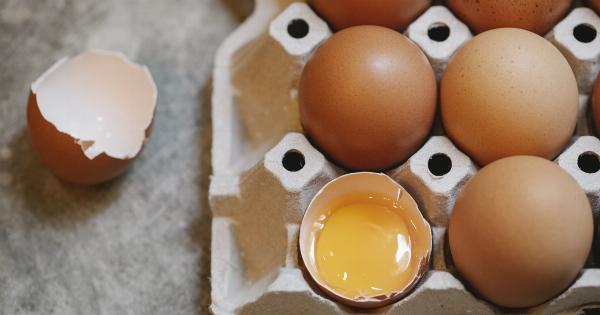Wood is a common material found in many households and is often used to make furniture, toys, and various other products.
While wood can provide a natural and aesthetically pleasing element to our living spaces, it’s important to be aware of the potential hidden dangers it can pose to children. In this article, we will explore some of these dangers and provide tips on how to keep your little ones safe.
1. Splinters
One of the most common hazards associated with wood is the risk of splinters. When wood gets damaged or starts to decay, it can easily splinter, leading to sharp and pointed pieces that can pierce the skin.
Children, with their curious nature, are more likely to touch, climb, or even chew on wooden objects, increasing their chances of getting splinters. To minimize the risk, it’s important to regularly inspect wooden furniture and toys, and promptly repair or discard any items with splintered wood.
2. Toxic Finishes
Wooden furniture and toys are often coated with finishes to enhance their appearance and protect the wood.
However, many of these finishes contain chemicals that can be toxic if ingested or inhaled, particularly for young children whose bodies are still developing. Some common toxic substances found in wood finishes include lead, formaldehyde, and volatile organic compounds (VOCs).
It is crucial to choose non-toxic, water-based finishes when buying wooden products for children, or consider purchasing items labelled as being free from harmful chemicals.
3. Choking Hazards
Wooden toys, especially those with small detachable parts or loose components, can pose a choking hazard to young children.
If a child puts a small piece in their mouth, it can become lodged in their airway, blocking their breathing and potentially leading to a life-threatening situation. It’s crucial to carefully select wooden toys appropriate for your child’s age and to regularly inspect them for any loose or broken parts. Always supervise young children while they play with wooden toys to minimize the risk of choking.
4. Allergies
Wood can be a source of allergens, particularly for children with sensitivities or allergies. Dust and airborne particles from certain types of wood can trigger respiratory issues, skin irritations, or even more severe allergic reactions.
Common types of wood known to cause allergies include oak, cedar, and pine. If you suspect your child may be allergic to wood, it’s essential to consult a medical professional for allergy testing.
In the meantime, regularly clean and dust wooden surfaces and ensure proper ventilation in areas with a high concentration of wood furniture or items.
5. Structural Integrity
Wooden structures, such as play sets, treehouses, or even bed frames, need to be sturdy and structurally sound to avoid accidents and injuries. Over time, wood can weaken due to moisture, pests, or general wear and tear.
It’s important to periodically inspect wooden structures for signs of rot, cracks, or structural damage. Reinforce or repair any weakened areas promptly and avoid allowing children to play on or near potentially unstable wooden structures.
6. Fire Hazards
While wood adds warmth and charm to our homes, it is also highly flammable. Unattended candles, matches, or faulty electrical wiring can turn a cozy wooden space into a dangerous fire hazard.
Teach your children about the dangers of fire and the importance of fire safety measures, such as not playing with matches or leaving candles unattended. Additionally, consider installing smoke detectors and fire extinguishers in your home to ensure early detection and prevention of potential fires.
7. Heavy Objects
Wooden furniture and objects can be heavy, especially when it comes to larger pieces such as bookshelves or beds. Tip-overs are a significant risk for children, especially if they try to climb or pull on unstable wooden objects.
To prevent accidents, anchor large wooden furniture to the wall or the floor using anti-tip straps or brackets. Educate your children about the importance of not climbing on furniture and always supervise them when they are around heavy wooden objects.
8. Mold and Mildew
Wood has the potential to provide a suitable environment for the growth of mold and mildew. These fungal organisms thrive in moist conditions and can cause respiratory issues, allergies, and other health problems.
Regularly clean and inspect wooden objects for signs of mold or mildew, particularly in areas with high humidity levels. Ensure proper ventilation and moisture control in spaces with wood furnishings to prevent the growth of these harmful organisms.
9. Sharp Edges
Wooden furniture or toys with sharp edges or corners can pose a risk of cuts or bruises, especially if children accidentally run into them while playing. Sand down sharp edges or cover them with protective padding to minimize the risk of injuries.
Keep an eye out for any exposed nails or screws and ensure they are properly sunk or covered to prevent accidental contact.
10. Insect Infestations
Wood can be susceptible to insect infestations, such as termites or carpenter ants, which can compromise the structural integrity of wooden objects.
Regularly inspect wood furniture and toys for signs of insect damage, such as small holes, sawdust, or piles of frass (insect droppings). If you suspect an infestation, consult a pest control professional to address the issue promptly and prevent further damage.































